Class C: On the road to Geneva
Published on February 18th, 2015
Born as the International Catamaran Challenge Trophy in 1961, it was to decide between Great Britain and the United States as to which country produced the fastest catamarans. The platform would be the double-handed C Class catamaran, with the essential rules for it to measure 25 ft by 14 ft at most, with sail area not to exceed 300 sq ft.
Often referred to as The Little America’s Cup, the event had followed a similar defender-challenger format as its big brother, and was equally famous for the innovation occurring within the development class.
After the 1996 event, a newly deeded trophy – titled the International C-Class Challenge Cup – sought to open up the competition. The latest event in 2013 attracted 11 teams for a series of nine fleet races with the top two teams advancing to a best of 7 match race series for the title.
Held in Falmouth, UK, Franck Cammas and Louis Viat (FRA) and their wing-powered, fully foiling Groupama C dominated the event. And now they will return in 2015 to try again.
To be known as the LITTLECUP, the 27th edition of the event will be hosted by Société Nautique de Genève in Geneva, Switzerland from 12 to 19 September.
Here’s a report from Cammas’ team…
In order to defend their trophy in the best possible conditions, Groupama sailing team and its design office have been putting in the hours: “We’ve identified two main points of evolution: the ergonomics and the aerodynamics of the trampoline and also the appendages, namely the foils and the rudders,” explains Louis Viat, Franck Cammas’ crew and also team manager since Stéphane Guilbaud’s departure.
Dividing his time on the water with either Franck or Julien Villion at the helm off the team’s Lorient base, Louis is well placed to judge how things are progressing: “The work on the trampoline was aimed at simplifying manoeuvring so as to exploit the full potential of the boat. We’ve also streamlined the systems and made some aerodynamic gains,” adds Louis.
Another area of development is the appendages: “We’ve kept the port foil from 2013 and we’ve designed a new starboard foil in-house. We’re happy with how it feels, but that’s not enough for us. Groupama C is brimming with sensors, which should enable us to develop a significant analysis procedure from the data collected. We’re sailing in 2-minute phases, modifying one element each time.
“Unfortunately, the weather hasn’t been in our favour, serving up conditions that are often too boisterous for this type of machine,” continues the team manager, “and we’re lacking perspective too. We’ve also designed two new foiling rudders, but I can’t tell you any more about this particular subject. It’s top secret.”
This secret is something the eight people that make up the Lorient-based team will be taking care not to disclose, given that this Little America’s Cup is one of Franck Cammas’ primary objectives with a view to the America’s Cup. As such the programme for sailing, collecting and analysing data is set to continue for the next two months, before the 2015 race programme gets the upper hand.


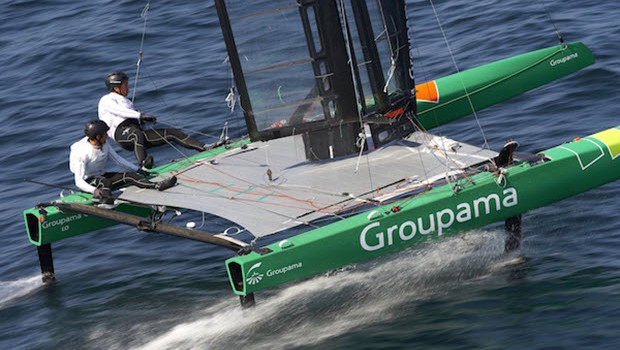


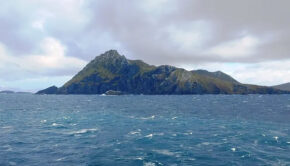
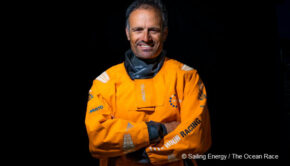
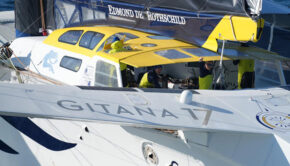
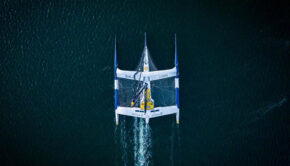
 We’ll keep your information safe.
We’ll keep your information safe.